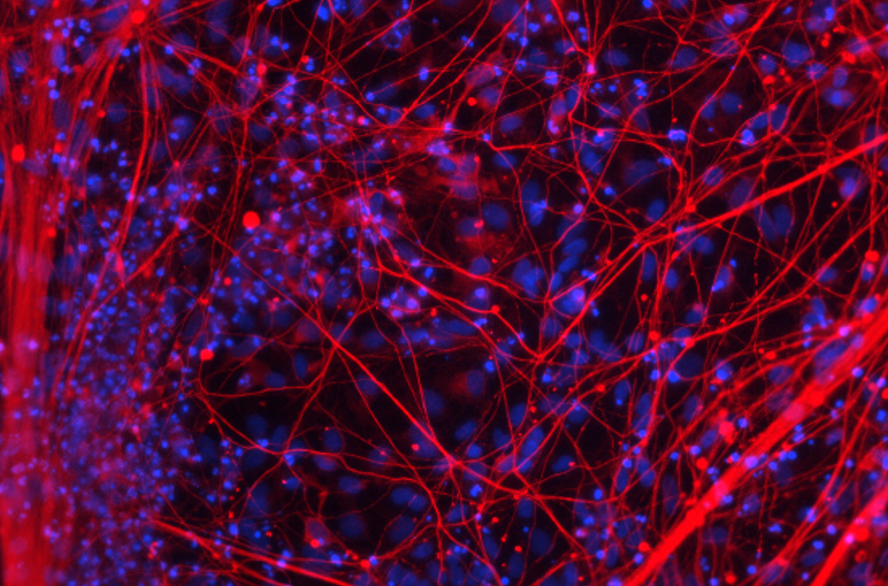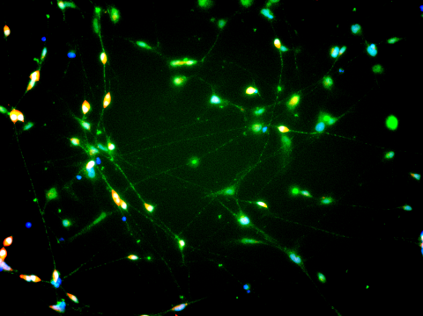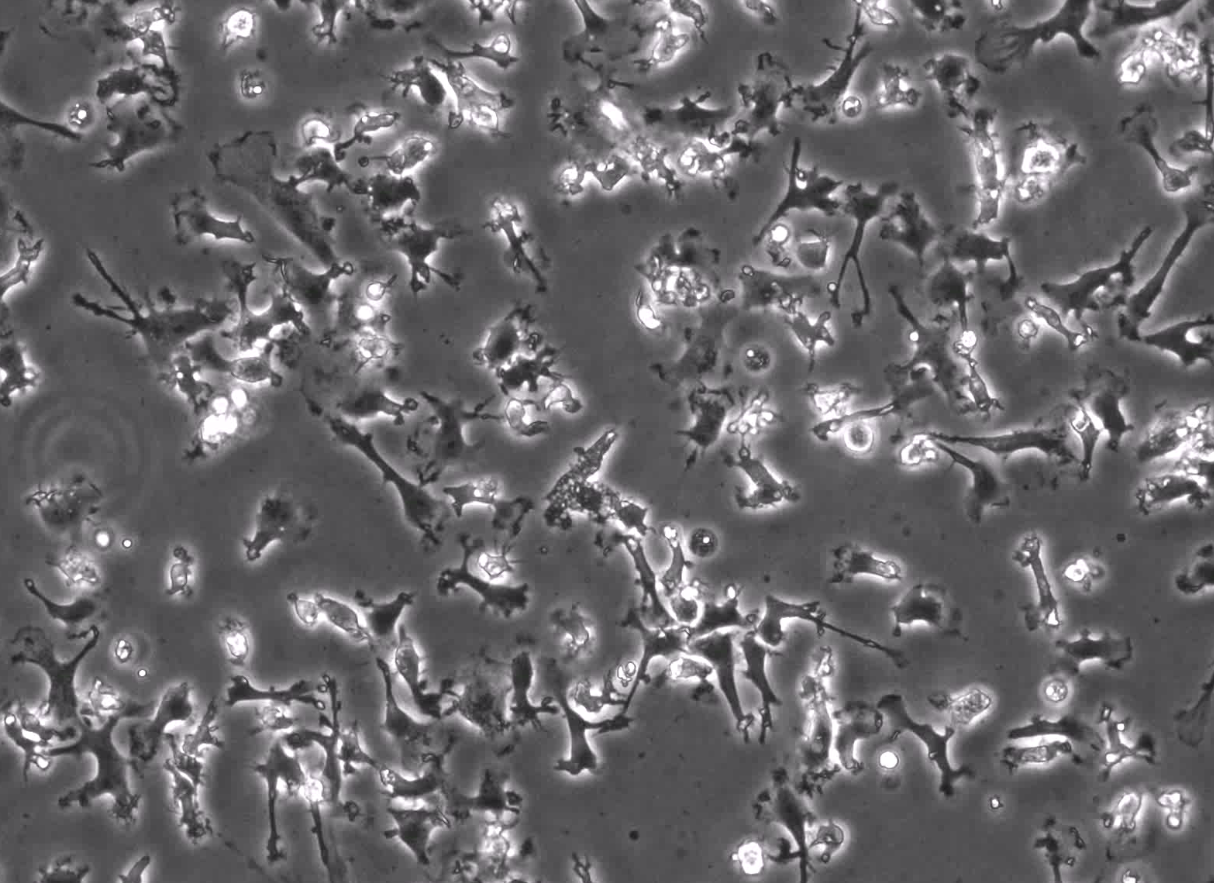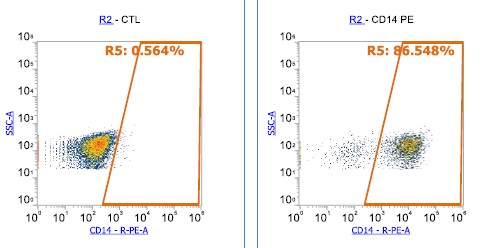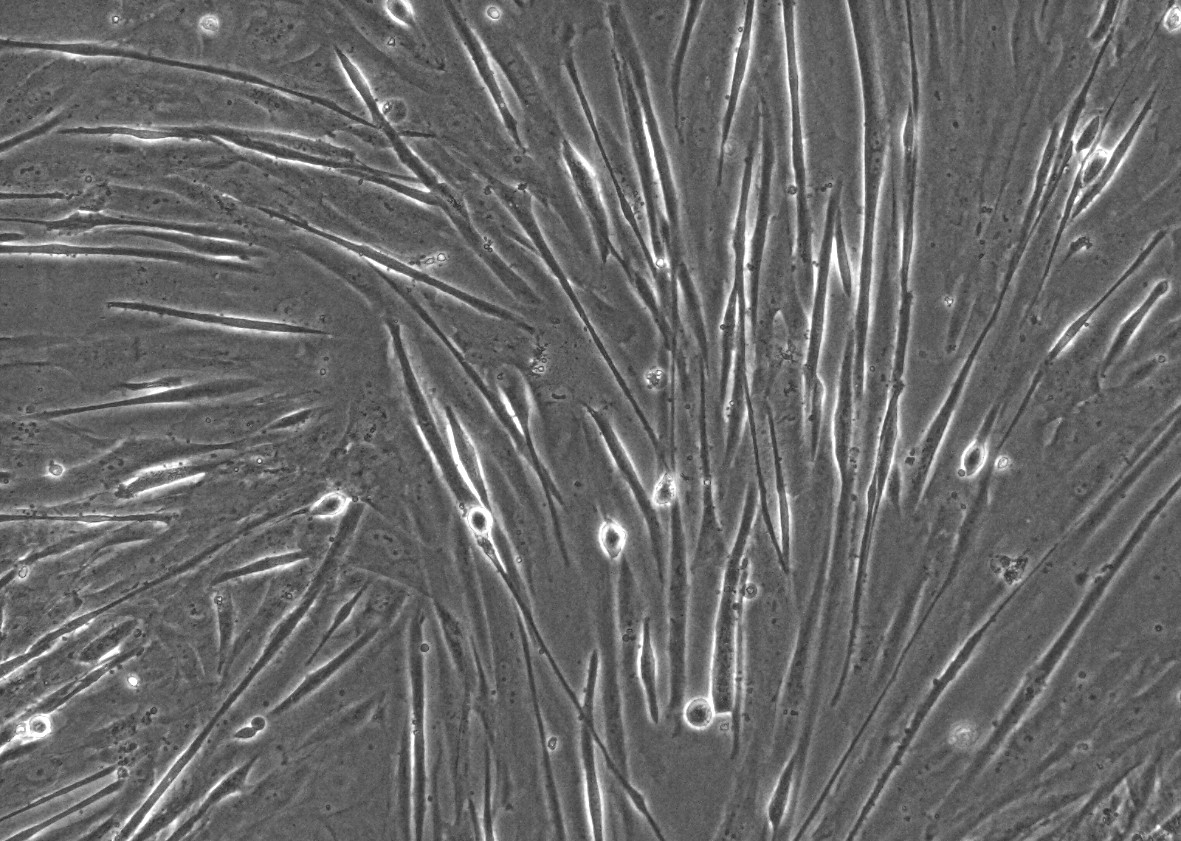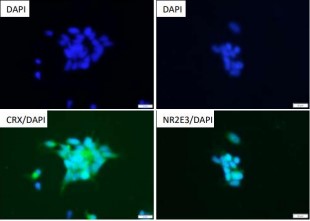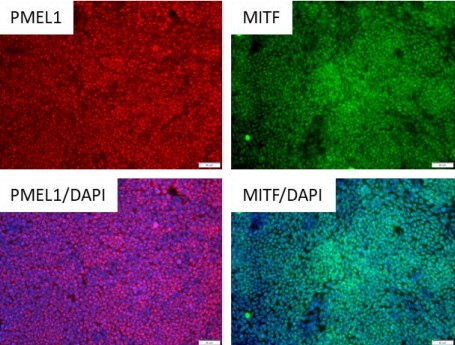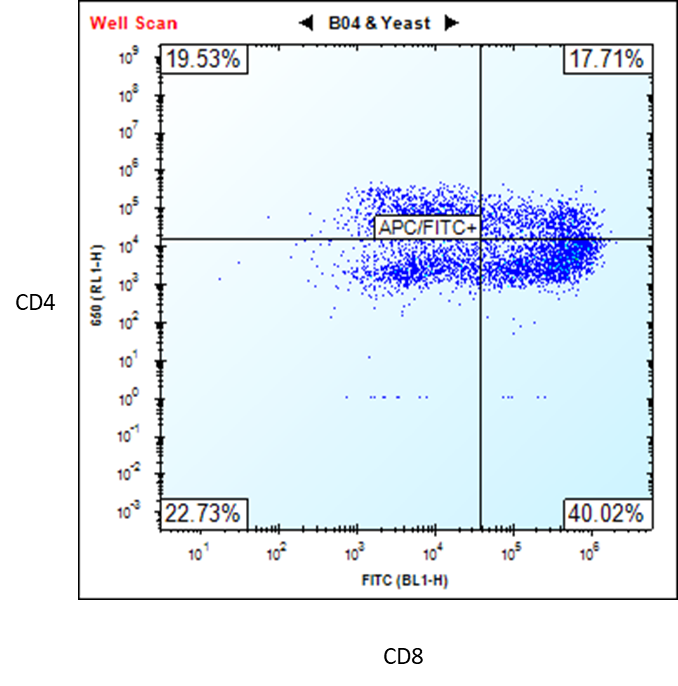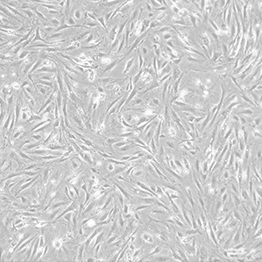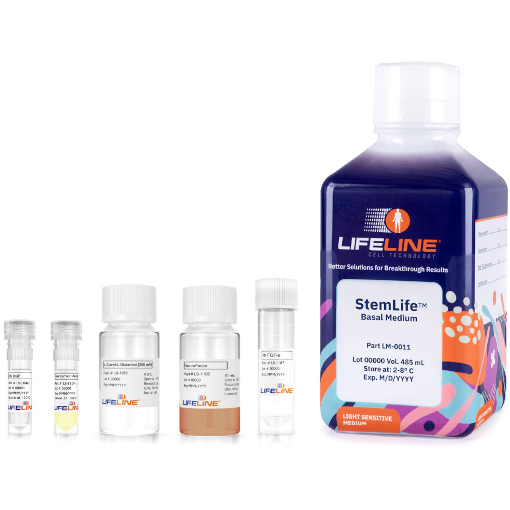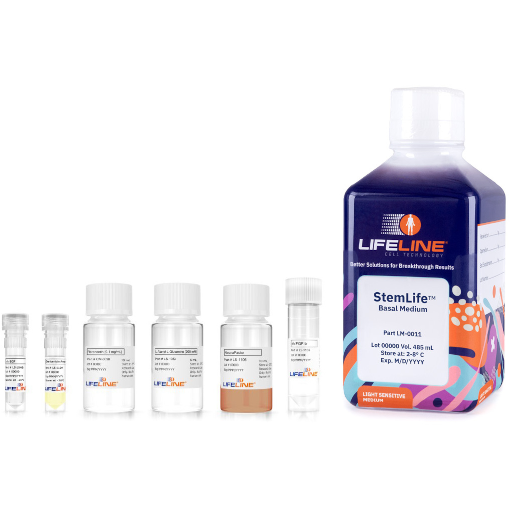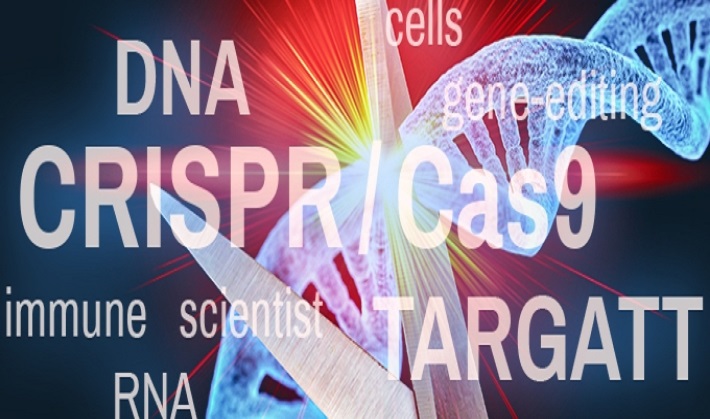iPSC Research
iPSCs: Revolutionizing Disease Modeling, Drug Discovery, and Regenerative Medicine
Shinya Yamanaka’s groundbreaking work on induced pluripotent stem cells (iPSCs) involved identifying a specific set of genes that could reprogram adult cells back into a pluripotent state. The genes initially used by Yamanaka were Oct3/4, Sox2, Klf4, and c-Myc, collectively known as the Yamanaka factors. Later research demonstrated that other combinations of genes could also induce pluripotency, but the original combination proved to be the most effective.
Unveiling the Reprogramming Roles: A Gene Overview
Oct3/4 (Octamer-binding transcription factor 3/4): Oct3/4 is a transcription factor essential for maintaining pluripotency in embryonic stem cells. It regulates the expression of genes involved in self-renewal and pluripotency and is crucial for reprogramming adult cells into a pluripotent state.
Sox2 (SRY (sex-determining region Y)-box 2): Sox2 is another transcription factor involved in maintaining pluripotency and self-renewal in embryonic stem cells. It interacts with Oct3/4 to regulate the expression of pluripotency-associated genes and plays a key role in reprogramming adult cells to an embryonic-like state.
Klf4 (Kruppel-like factor 4): Klf4 is a transcription factor that regulates various cellular processes, including proliferation, differentiation, and pluripotency. It functions in conjunction with Oct3/4 and Sox2 to reprogram adult cells into iPSCs.
c-Myc (cellular Myelocytomatosis oncogene): c-Myc is a proto-oncogene involved in the regulation of cell proliferation, growth, and apoptosis. Its role in reprogramming is to enhance the efficiency of iPSC generation, although its overexpression can also increase the risk of tumorigenesis.
These four transcription factors were introduced into adult somatic cells, such as fibroblasts, using viral vectors. Their expression led to the activation of pluripotency-associated genes and the induction of a pluripotent state resembling that of embryonic stem cells. Yamanaka’s discovery of these factors paved the way for the generation of patient-specific iPSCs, offering new possibilities for disease modeling, drug discovery, and regenerative medicine.
-
iPSC Generation Service (mRNA) with Embryoid Body Formation
Cat.-Nr: ASC-6022E
iPSC Generation is a complex process that reprograms adult somatic cells into a pluripotent, embryonic stem cell-like stage. This requires extensive... Read More
-
iPSC Generation Service (mRNA) with Teratoma Formation
Cat.-Nr: ASC-6022T
iPSC Generation is a complex process that reprograms adult somatic cells into a pluripotent, embryonic stem cell-like stage. This requires extensive... Read More
-
iPSC-derived Astrocytes with Medium
Cat.-Nr: ASE-9743
Take advantage of 25% off on these iPSC-derived Cells with Media – offer ends December 31, 2025 iPSC-derived Astrocytes with... Read More
-
iPSC-derived Cortical Neurons with Media
Cat.-Nr: ASE-9741
Take advantage of 25% off on these iPSC-derived Cells with Media – offer ends December 31, 2025 Applied StemCell has developed an efficient... Read More
-
iPSC-derived Dopaminergic Neurons with Media
Cat.-Nr: ASE-9742
Take advantage of 25% off on these iPSC-derived Cells with Media – offer ends December 31, 2025 iPSC-derived Dopaminergic Neurons with... Read More
-
iPSC-derived Endothelial Cells with Media
Cat.-Nr: ASE-9744
Take advantage of 25% off on these iPSC-derived Cells with Media – offer ends December 31, 2025 Applied StemCell has developed an... Read More
-
iPSC-derived Human Cardiomyocytes with Media
Cat.-Nr: ASE-9703
Take advantage of 25% off on these iPSC-derived Cells with Media – offer ends December 31, 2025 Applied StemCell has developed an efficient... Read More
-
iPSC-Derived Human Hematopoietic Progenitor Cells with Media
Cat.-Nr: ASE-9718
Take advantage of 25% off on these iPSC-derived Cells with Media – offer ends December 31, 2025 Applied StemCell has developed an... Read More
-
iPSC-derived Human Microglia (iMGLs) with Media
Cat.-Nr: ASE-9601
Take advantage of 25% off on these iPSC-derived Cells with Media – offer ends December 31, 2025 Microglia are the primary immune cells in the... Read More
-
iPSC-derived Human Motor Neurons with Media
Cat.-Nr: ASE-9701
Take advantage of 25% off on these iPSC-derived Cells with Media – offer ends December 31, 2025 Motor neurons (MN) are specialized neurons... Read More
-
iPSC-derived Human Neural Progenitor Cells with Media
Cat.-Nr: ASE-9740
Take advantage of 25% off on these iPSC-derived Cells with Media – offer ends December 31, 2025 Applied StemCell has developed an efficient... Read More
-
iPSC-derived Human Neural Stem Cells (NSC)
Cat.-Nr: IC-0001
iPSC-derived Human Neural Stem Cells, Male, provide an ideal culture model for the study of multipotent stem cell biology. Induced Pluripotent... Read More
-
iPSC-derived Monocytes with Media
Cat.-Nr: ASE-9745
Take advantage of 25% off on these iPSC-derived Cells with Media – offer ends December 31, 2025 Applied StemCell has developed... Read More
-
iPSC-derived Myoblasts with Media
Cat.-Nr: ASE-9706
Take advantage of 25% off on these iPSC-derived Cells with Media – offer ends December 31, 2025 Applied StemCell has developed an... Read More
-
iPSC-Derived Natural Killer (NK) Cells with Media
Cat.-Nr: ASE-9285
Take advantage of 25% off on these iPSC-derived Cells with Media – offer ends December 31, 2025 Applied StemCell has developed an... Read More
-
iPSC-derived Photoreceptor Progenitor Cells with Media
Cat.-Nr: ASE-9715
Take advantage of 25% off on these iPSC-derived Cells with Media – offer ends December 31, 2025 Applied StemCell has developed an efficient... Read More
-
iPSC-derived Retinal Pigment Epithelium (RPE) Cells with Media
Cat.-Nr: ASE-9710
Take advantage of 25% off on these iPSC-derived Cells with Media – offer ends December 31, 2025 Applied StemCell has developed an efficient... Read More
-
iPSC-derived T Cells with Media
Cat.-Nr: ASE-9720
Take advantage of 25% off on these iPSC-derived Cells with Media – offer ends December 31, 2025 Applied StemCell has developed an... Read More
-
Motor Neurons Differentiation Service from iPSC
Cat.-Nr: ASC-8001M
Motor Neuron Differentiation Service from iPSCs. We will differentiate your iPSC line by using our proprietary induction protocol.
-
Natural Killer (NK) Cell Differentiation Service from iPSC
Cat.-Nr: ASC-8018
Applied StemCell is a leader in iPSC technologies and applies established protocols for the differentiation to a specific celltype.
-
Neo-resistant MEF Feeder Cells, P3, Mitomycin C Treated (16M)
Cat.-Nr: ASF-1126
Neo-resistant MEF Feeder Cells, P3, Mitomycin-C (MMC), are derived from mouse embryos and are resistant to neomycin. These are used as feeder layers... Read More
-
Neo-resistant MEF Feeder Cells, P3, Mitomycin C Treated (2M)
Cat.-Nr: ASF-1125
Neo-resistant MEF Feeder Cells, P3, Mitomycin-C (MMC), are derived from mouse embryos and are resistant to neomycin. These are used as feeder layers... Read More
-
Neo-resistant MEF Feeder Cells, P3, Mitomycin C Treated (4M)
Cat.-Nr: ASF-1123
Neo-resistant MEF Feeder Cells, P3, Mitomycin-C (MMC), are derived from mouse embryos and are resistant to neomycin. These are used as feeder layers... Read More
-
Neo-resistant MEF, P2, untreated (1M)
Cat.-Nr: ASF-1101
Neo-resistant MEF Feeder Cells, P2, untreated, are derived from mouse embryos and are resistant to neomycin. These are used as feeder layers to... Read More
-
Neo-resistant MEF, P2, untreated (3M)
Cat.-Nr: ASF-1102
Neo-resistant MEF Feeder Cells, P2, untreated, are derived from mouse embryos and are resistant to neomycin. These are used as feeder layers to... Read More
-
Neo-resistant MEF, P3, irradiated (16M)
Cat.-Nr: ASF-1116
Neo-resistant MEF Feeder Cells, P3, irradiated, are derived from mouse embryos and are resistant to neomycin. These are used as feeder layers to... Read More
-
Neo-resistant MEF, P3, irradiated (20M)
Cat.-Nr: ASF-1114
Neo-resistant MEF Feeder Cells, P3, irradiated, are derived from mouse embryos and are resistant to neomycin. These are used as feeder layers to... Read More
-
Neo-resistant MEF, P3, irradiated (2M)
Cat.-Nr: ASF-1115
Neo-resistant MEF Feeder Cells, P3, irradiated, are derived from mouse embryos and are resistant to neomycin. These are used as feeder layers to... Read More
-
Neo-resistant MEF, P3, irradiated (4M)
Cat.-Nr: ASF-1113
Neo-resistant MEF Feeder Cells, P3, irradiated, are derived from mouse embryos and are resistant to neomycin. These are used as feeder layers to... Read More
-
Neo-resistant MEF, P3, Mitomycin C Treated (20M)
Cat.-Nr: ASF-1124
Neo-resistant MEF Feeder Cells, P3, Mitomycin-C (MMC), are derived from mouse embryos and are resistant to neomycin. These are used as feeder layers... Read More
-
Neural Stem Cells (NSCs) Differentiation Service from iPSC
Cat.-Nr: ASC-8001
Neural Stem Cells Differentiation Service. We will differentiate your iPSC line into neural progenitor cells (NSCs) by using our proprietary... Read More
-
Oligodendrocytes Differentiation Service from iPSC
Cat.-Nr: ASC-8004
Applied StemCell is a leader in iPSC technologies and applies established protocols for the differentiation to a specific celltype.
-
Retinal Pigment Epithelium (RPE) Differentiation Service from iPSC
Cat.-Nr: ASC-8010
Applied StemCell is a leader in iPSC technologies and applies established protocols for the differentiation to a specific celltype.
-
Skeletal Muscle Differentiation Service from iPSC
Cat.-Nr: ASC-8013
Applied StemCell is a leader in iPSC technologies and applies established protocols for the differentiation to a specific celltype.
-
SNL 76/7 feeders, STO cell line, P12, untreated (2M)
Cat.-Nr: ASF-1305
Mouse embryonic stem cells (ESCs) and induce pluripotent stem cells (iPSCs) generally require culture on feeder cells as well as medium containing... Read More
-
SNL Feeder Cells 76/7 Mouse Fibroblast STO Cell Line, P14, Mitomycin C Treated (5M)
Cat.-Nr: ASF-1327
Mouse embryonic stem cells (ESCs) and induced pluripotent stem cells (iPSCs) generally require culture on feeder cells as well as medium... Read More
-
StemLife NSC Complete Kit
Cat.-Nr: LL-0070
StemLife NSC Medium Complete Kit is optimized for the culture of human induced pluripotent stem cell-derived Neural Stem Cells (NSCs): XCL-1 NSC and... Read More
-
StemLife NSC Complete Kit w/Fibronectin
Cat.-Nr: LL-0073
Lifeline® new StemLife NSC Medium Complete Kit + Fibronectin Solution is optimized for the culture of Human Induced Pluripotent Stem Cell-Derived... Read More
-
StemLife NSC LifeFactors Kit
Cat.-Nr: LS-1105
StemLife NSC LifeFactors® Kit is for use with Lifeline® StemLife Basal Medium and Human Induced Pluripotent Neural Stem Cells. The StemLife NSC... Read More
-
TARGATT™ HEK293 Master Cell Line & Knockin Kit (Academic Price)
Cat.-Nr: AST-1305
The TARGATT™ HEK293 Master Cell Line and Knockin Kit was designed for fast and site-specific knockin in HEK293 cells, using an easy-to-use gene... Read More
-
TARGATT™ Human Induced Pluripotent Stem Cell (hiPSC) Master Cell Line (Female) Knock-in Kit
Cat.-Nr: AST-1602
Quickly create the most relevant cell line for your studies with iPSCs that are ready for TARGATT™ knock-in and then differentiation into your... Read More
-
TARGATT™ Human Induced Pluripotent Stem Cell (hiPSC) Master Cell Line (Male) Knock-in Kit
Cat.-Nr: AST-1600
Quickly create the most relevant cell line for your studies with iPSCs that are ready for TARGATT™ knock-in and then differentiation into your... Read More
-
TARGATT™ Master Cell Line Generation Service (Custom)
Cat.-Nr: AST-6001
Applied Stem Cell Inc.’s proprietary TARGATT™ technology enables highly efficient site-specific gene insertion in mammalian cells and animals.
-
TARGATT™ Site-specific Knock-in iPSC Service
Cat.-Nr: AST-6012T
The TARGATT™ master iPSC line contains a "docking attP" site at a safe harbor genomic H11 or AAVS locus. Any genes of interest on an attB vector... Read More



